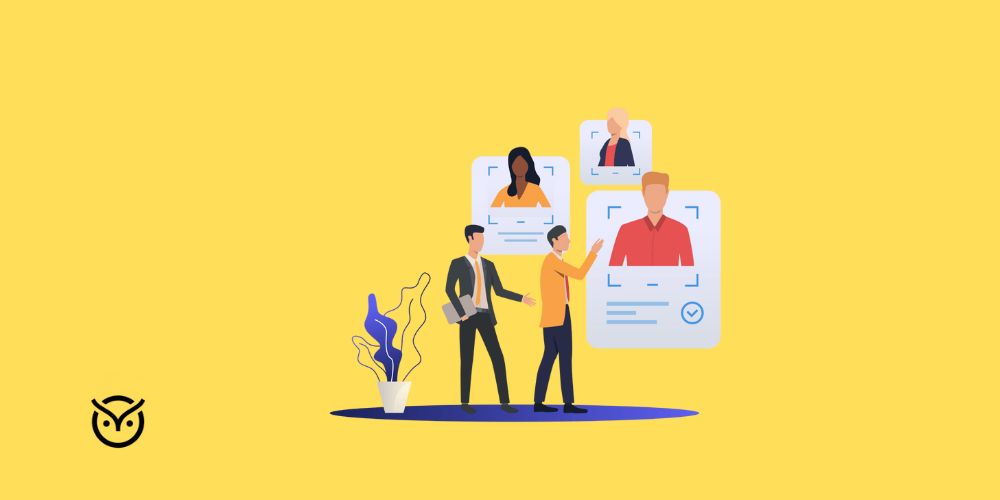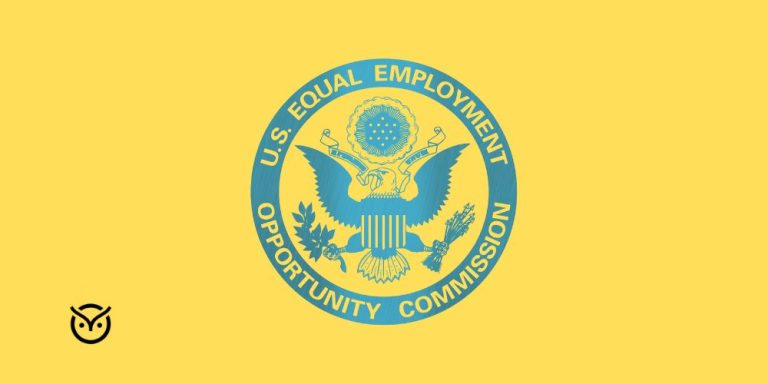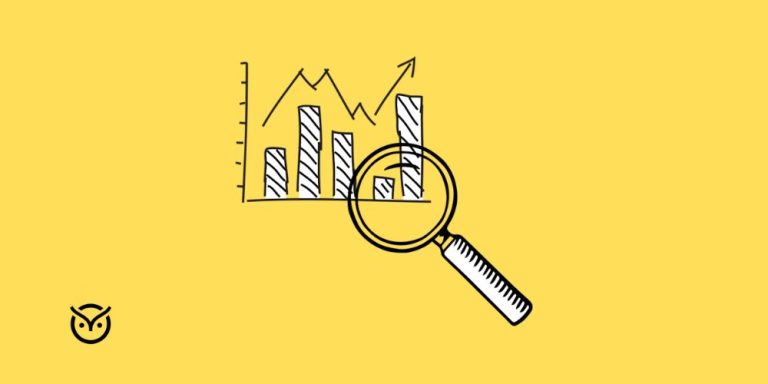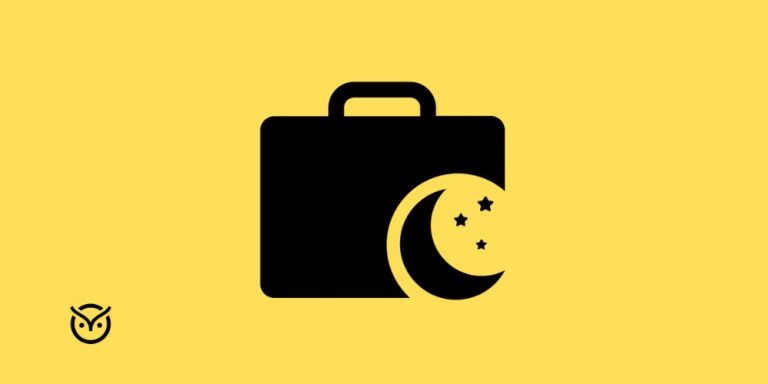What It Means to Be Shortlisted in Hiring

TL;DR
- Being shortlisted means you passed the first screen and look like an intense match.
- Recruiters shortlist by checking resumes, skills, and screening answers.
- AI and data-driven hiring help teams review candidates faster and more fairly.
- LinkedIn sourcing adds firm profiles straight into the shortlist.
- After shortlisting, you move to interviews or talent assessment platforms.
Many candidates stress when they see “You’ve been shortlisted” because they don’t fully understand what it means to be shortlisted in hiring. The process feels confusing, especially when you’re unsure whether it guarantees an interview or is just another stage in a lengthy application process.
The good news is that shortlisting is a strong sign that your resume stood out. In this blog, you’ll learn what shortlisting actually means, how companies do it, how AI and LinkedIn sourcing shape the list, and what happens next so you can take the proper steps forward.
What “Shortlisted for a Job” Actually Means
When you wonder what shortlisting for a job means or what it means to be shortlisted for a job, the answer is simple. A shortlist is a group of applicants who best match the role based on skills, experience, and job requirements. These are the people the employer wants to move forward with for interviews or further screening.
A shortlisted candidate is someone who has passed the initial resume review. Employers often scan over 250 resumes per role and shortlist around 4 to 6 candidates for interviews on average.
Shortlisting is not a hiring decision. It simply means you’ve shown enough potential for the company to take the next step. You’re closer to the offer but still need to pass interviews, assessments, or technical reviews.
This is also where companies blend modern tools, such as recruitment funnels, to improve hiring and help candidates move through each evaluation stage more smoothly.
How Recruiters Create a Shortlist
Recruiters begin by reading each resume to see who meets the must-have requirements. They match the job needs with real skills, past work, and clear results. After that, they take a closer look at how well someone might fit the role, how they communicate, and whether their background feels right for the team. This is where startup hiring practices sometimes stand out because early-stage companies often shortlist based on potential and adaptability rather than long lists of qualifications.
Most recruiters only give a resume a quick look in the first pass. A study found that this first scan lasts about seven seconds before they decide if the person should move forward.
Shortlisting also includes quick checks like
- Reviewing cover letters
- Verifying required certifications
- Comparing relevant projects
- Scanning for red flags like unexplained long gaps
Some teams add a short questionnaire or a skills check to narrow the list further.
The Role of AI in Shortlisting
AI hiring tools support recruiters by helping them screen large applicant pools more accurately and quickly. This helps answer the question of which candidates are shortlisted, because AI often identifies the ones most aligned with the job before humans finalize the list.
AI checks skills, experience, project history, and work patterns rather than relying solely on keywords. This improves fairness and reduces early screening bias. Modern talent assessment platforms also integrate AI to evaluate communication, problem-solving, and job-related scenarios.
AI does not replace human decision-making. It speeds up shortlisting so teams can focus more time on evaluation and interviews.
How LinkedIn Sourcing Contributes to Shortlisting
LinkedIn is one of the biggest talent pools for recruiters. Many hiring teams use it to find people who may not have applied yet but fit the role. This is why you’ll often see candidates source LinkedIn mentioned in hiring discussions. When recruiters search by skills, job titles, and location, they build a list of firm profiles that can be added directly to the shortlist.
A key point is that LinkedIn profiles give more context than a resume alone. Recruiters can see mutual connections, endorsements, past projects, and activity. These clues help them decide whether someone should move to the next stage. This is also where what does shortlisted for a job mean often becomes clearer. It means you’ve either applied or been sourced and still matched the role well enough to be considered for the next step.
LinkedIn also helps employers diversify their shortlists by exposing them to talent beyond their usual applicant pool. Recruiters blend these sourced profiles with applicants from job boards, referrals, and internal talent lists to create a well-rounded group.
What Happens After You’re Shortlisted
Once you’re shortlisted, the hiring team moves you to the following evaluation step. This might include phone screening, a structured interview, or skill tests through talent assessment platforms. This is where another common question arises: what is a shortlisted candidate? It’s someone the company genuinely sees as a potential hire and wants to evaluate more closely.
If interviews go well, you may move on to deeper assessments, such as case studies or panel interviews. Some roles include technical tasks or work samples. Recruiters also check communication style, availability, salary expectations, and cultural fit. The goal is to confirm whether your background, working style, and potential align with the team’s long-term needs.
Conclusion
Shortlisting is a strong sign that your application has been noticed. It shows that you match the main requirements and that the employer sees promise in your profile. It is not the final step, but moving past this point puts you closer to the offer. When you understand how shortlisting works, how AI helps with early screening, and how LinkedIn sourcing adds new talent to the mix, you can prepare with more clarity and take the next steps with real confidence.






